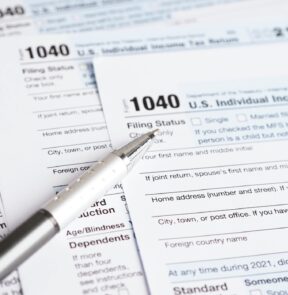Investments


Investments – Markets
2025 Q3 Market Outlook: Global Tailwinds in a World of Trade Tensions and Policy Change
It has been a generally strong first half for equity markets, in a year marked by volatility and international equities outperformance. Read our views on what forces are at play and how the second half may unfold.

Investments – Markets
Is the Housing Market About to Turn? How Housing Can Impact the Economy

Investments – Markets
Understanding the Current Market Dynamics

Investments – Markets
The Strong Dollar Is Beginning to Weaken. Should I Be Worried?
Filter list

Reset all
19
The One Big Beautiful Bill: Things You Should Know
There are a number of key provisions in The One Big Beautiful Bill, signed into law on July 4, 2025, that are important for personal income tax planning and wealth transfer strategies.
2025 Q3 Market Outlook: Global Tailwinds in a World of Trade Tensions and Policy Change
It has been a generally strong first half for equity markets, in a year marked by volatility and international equities outperformance. Read our views on what forces are at play and how the second half may unfold.
Is the Housing Market About to Turn? How Housing Can Impact the Economy
Housing plays a pivotal role in the U.S. economy, representing roughly 18% of GDP and nearly one-third of household spending. Its sensitivity to interest rates and consumer sentiment makes it both a reflection of broader economic conditions and a potential driver of future trends.
The Strong Dollar Is Beginning to Weaken. Should I Be Worried?
As the dollar weakens against major currencies, investors are watching closely. In our latest article, we outline key factors driving the change in the dollar, and the implications for the economy and investments.
2025 Q2 Market Outlook Webinar
In our April 16, 2025 Market Outlook webinar, we discussed the current state of key Trump administration policy decisions, and our views on the direction of the economy and financial markets.
Understanding the Current Market Dynamics
In our latest article, Fiduciary Trust experts explore the market impact of recently announced tariffs and the heightened risk of recession amid growing policy uncertainty, sharing why maintaining a long-term investment perspective remains critical.

